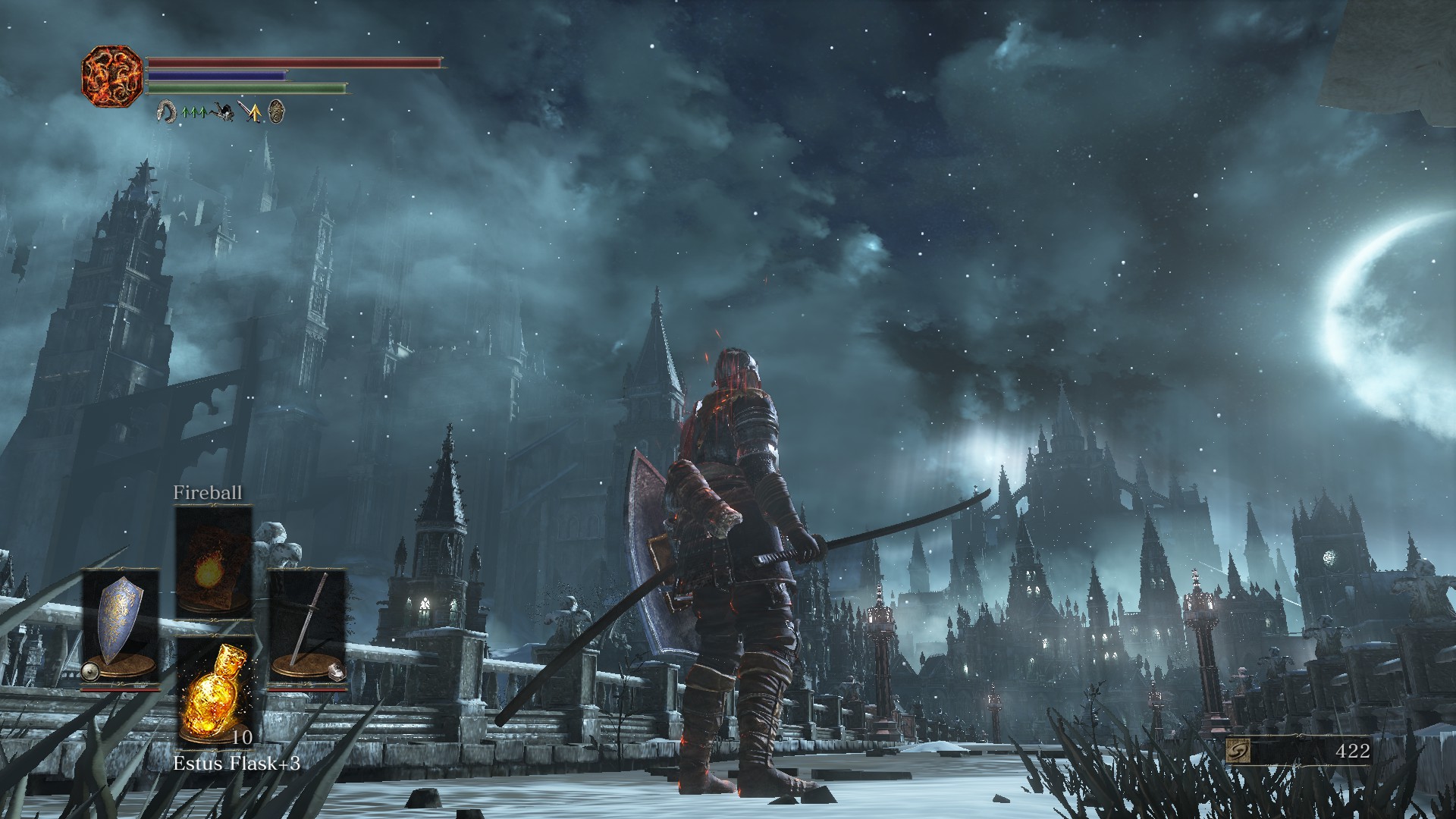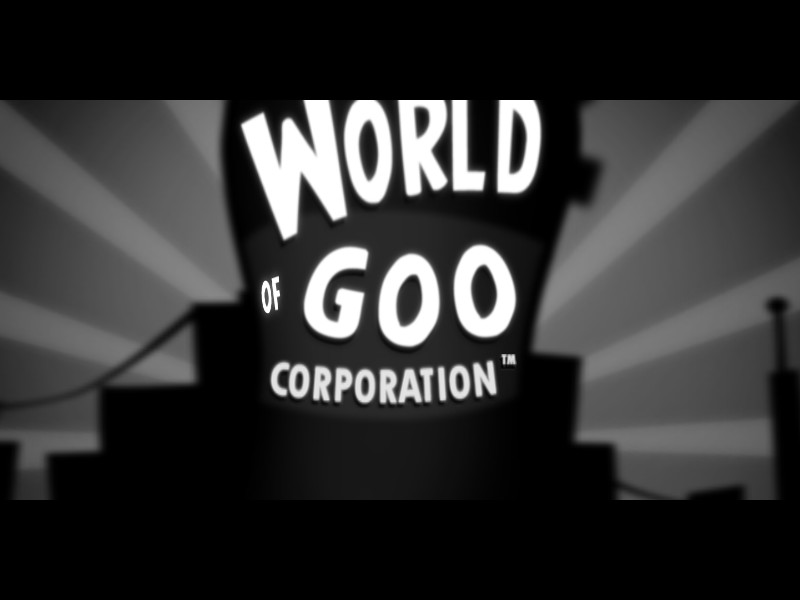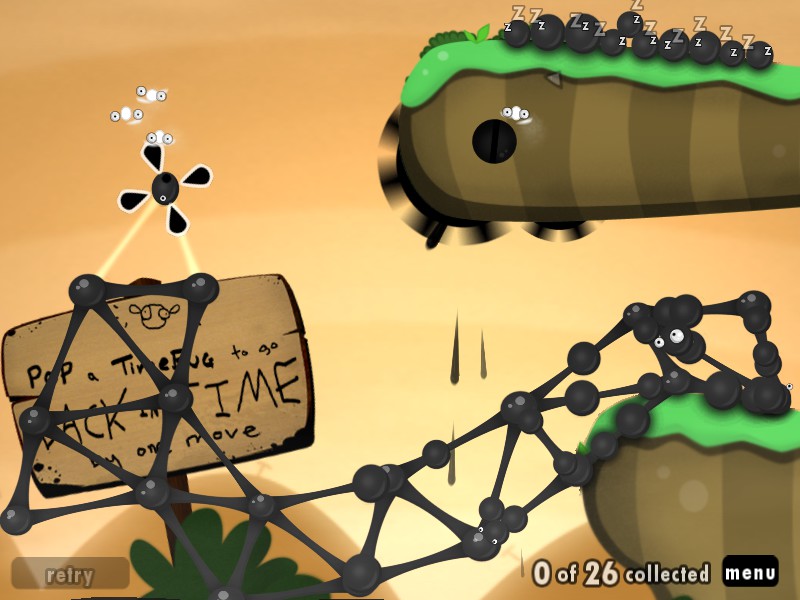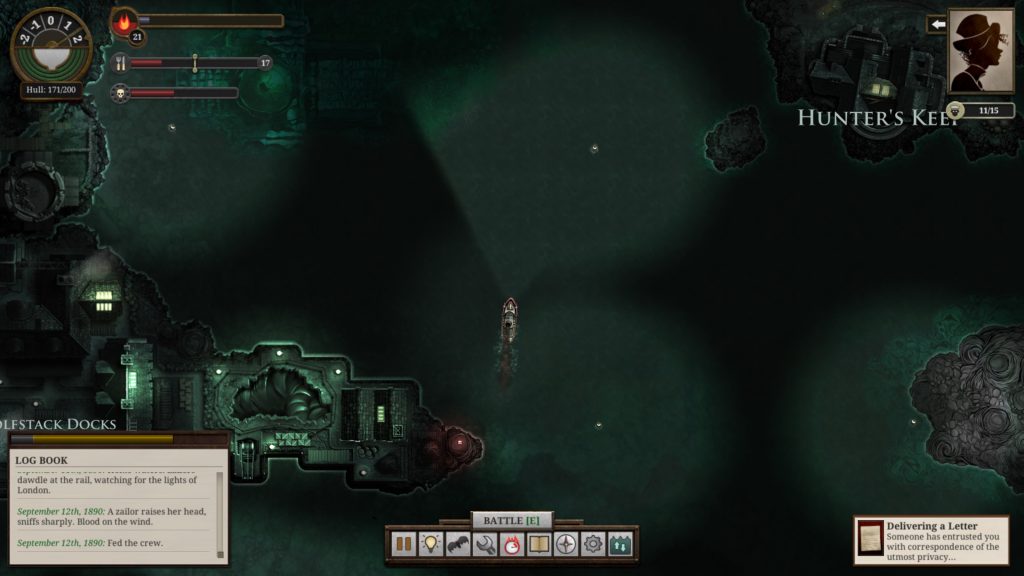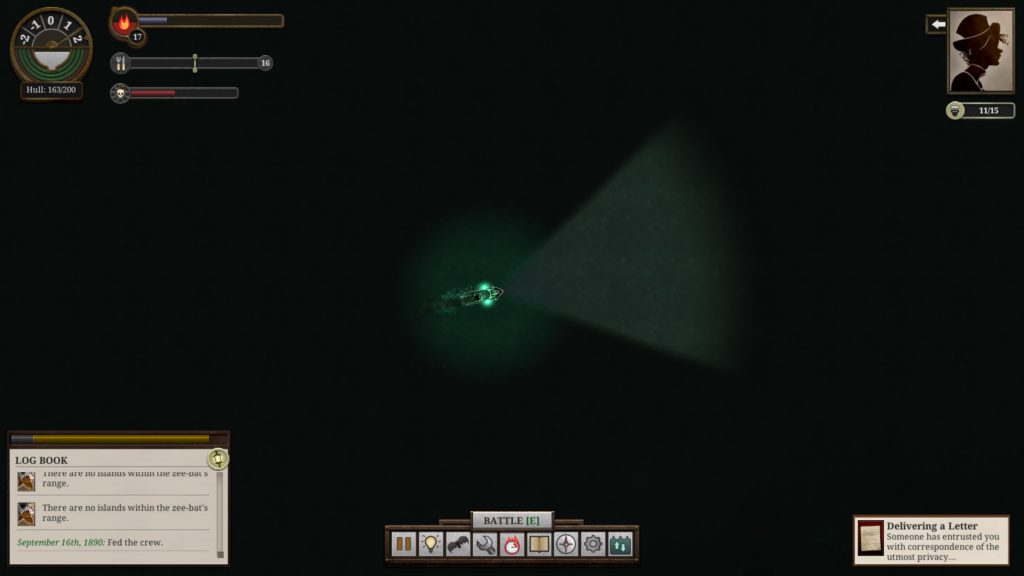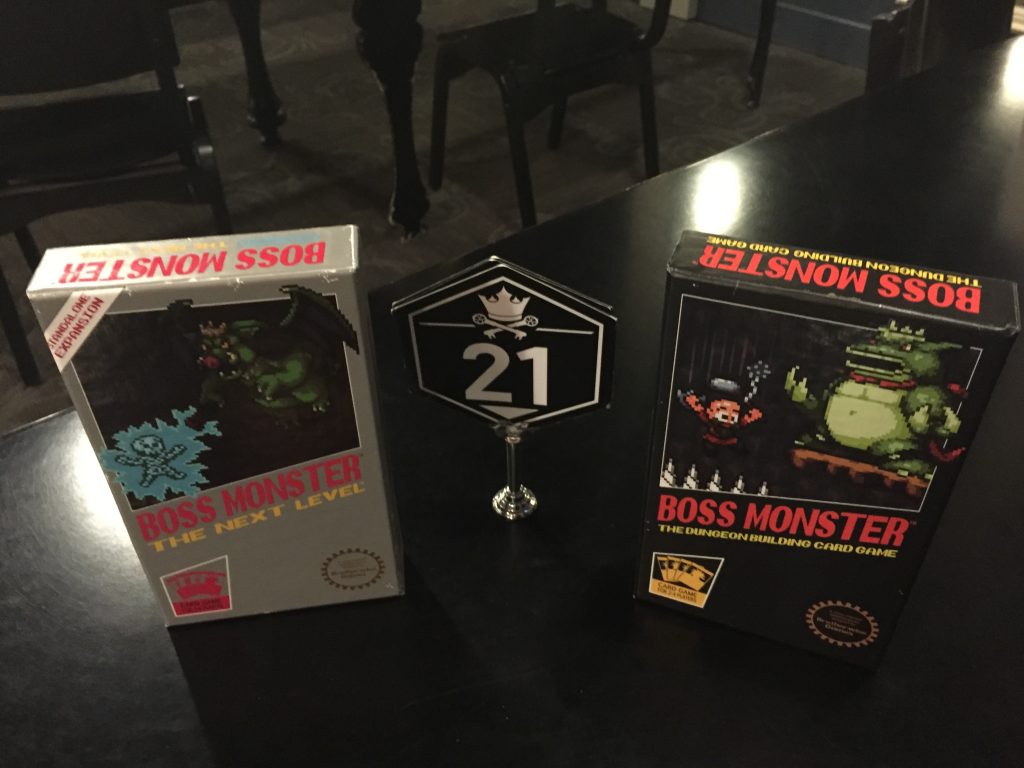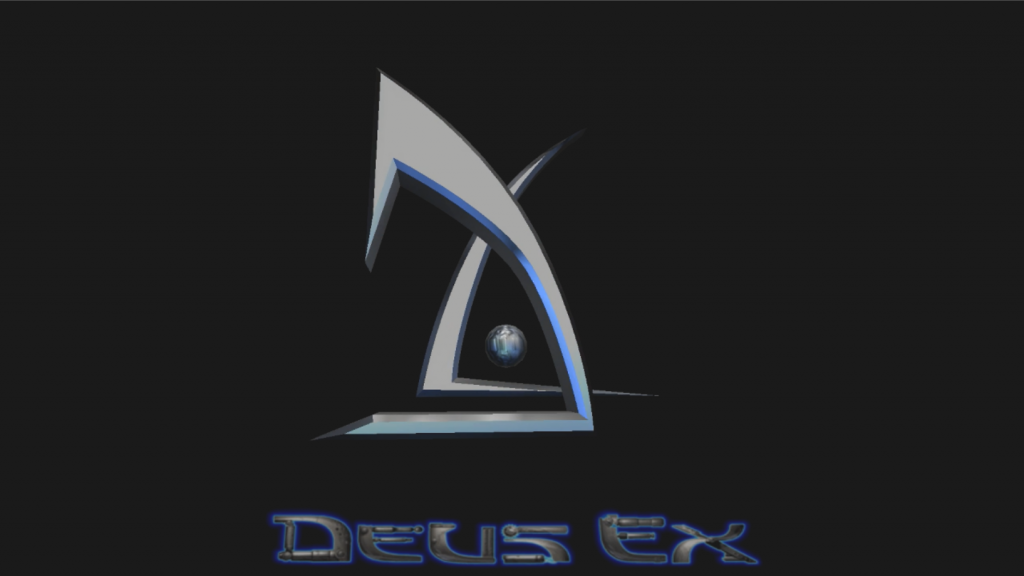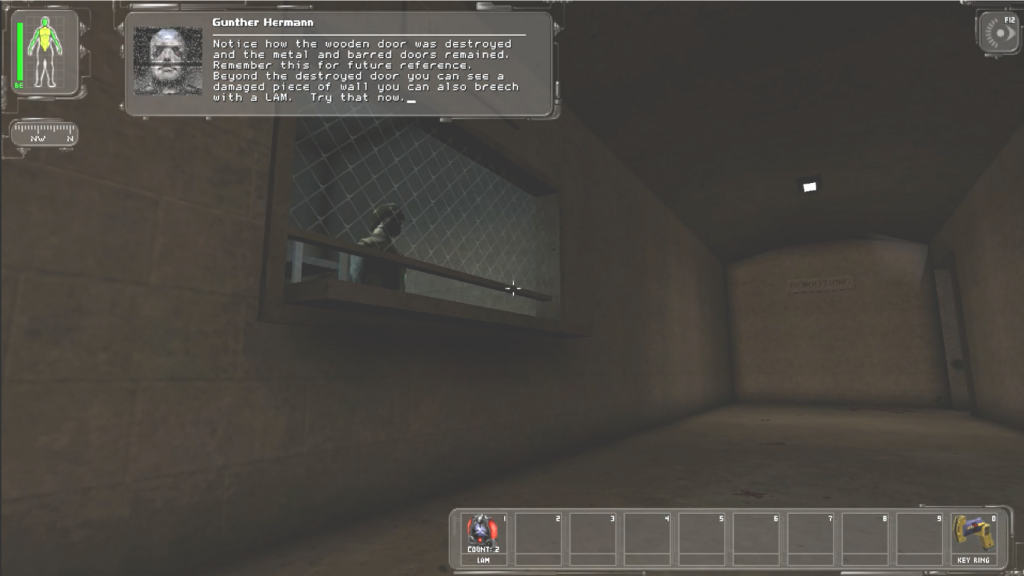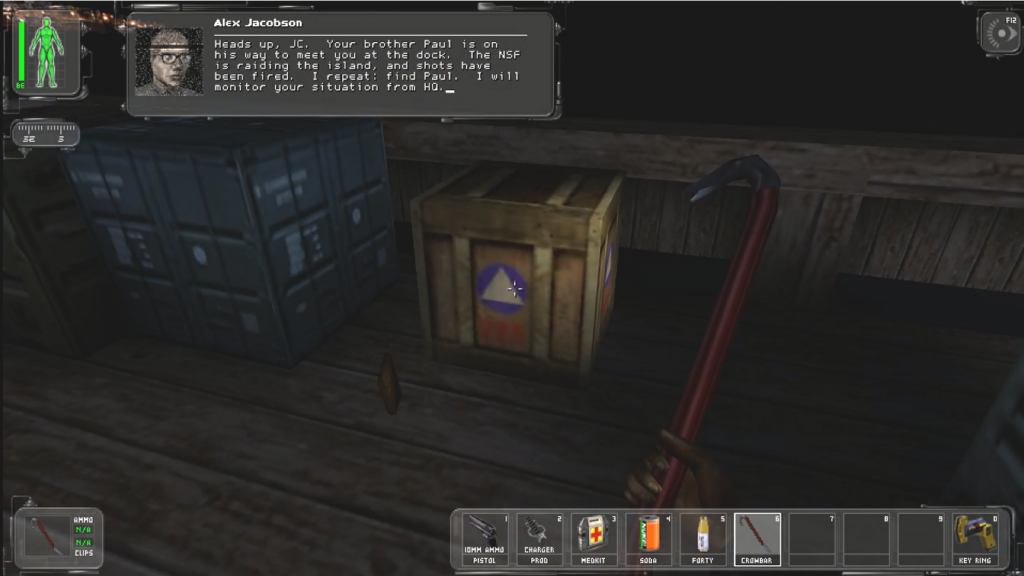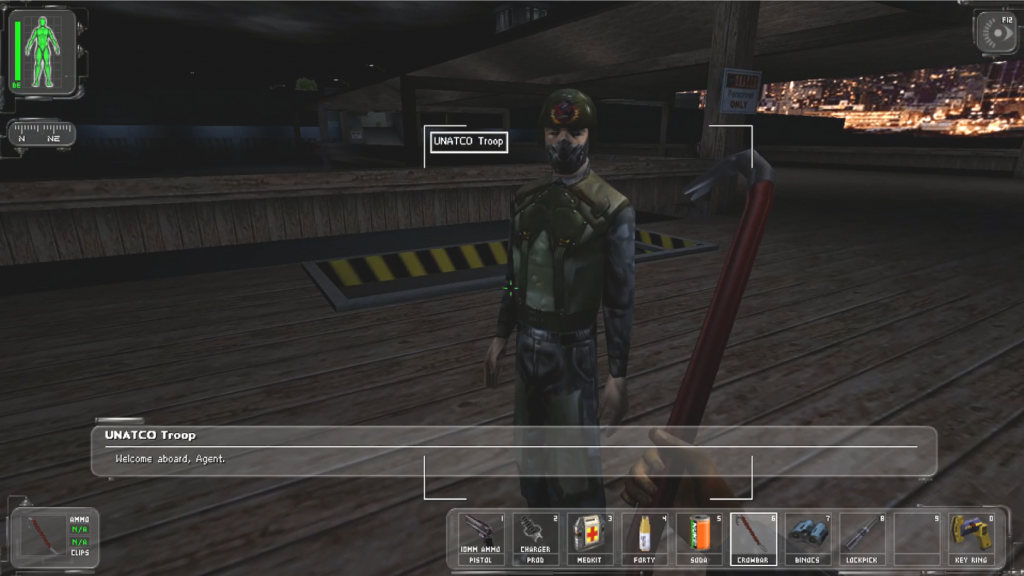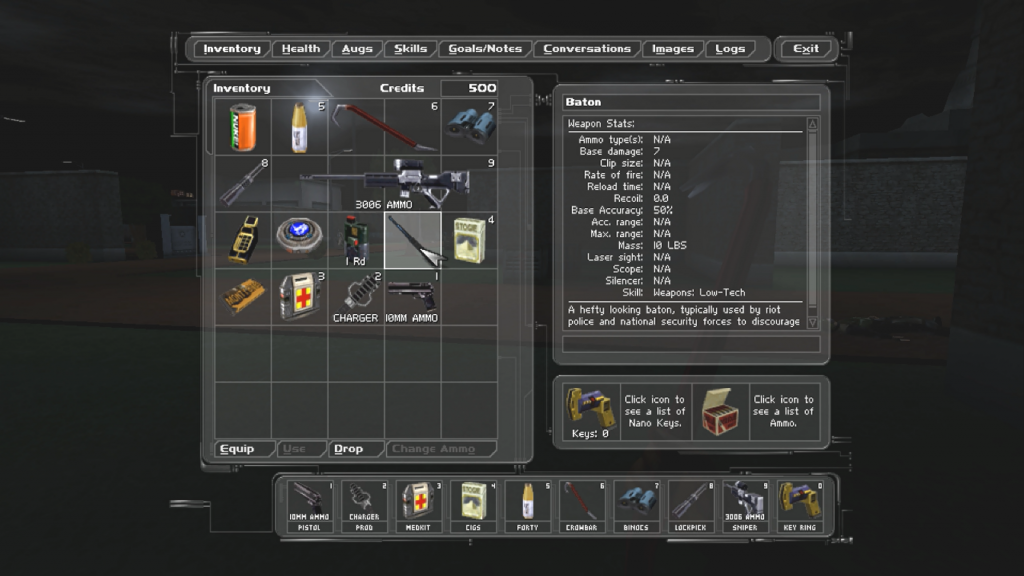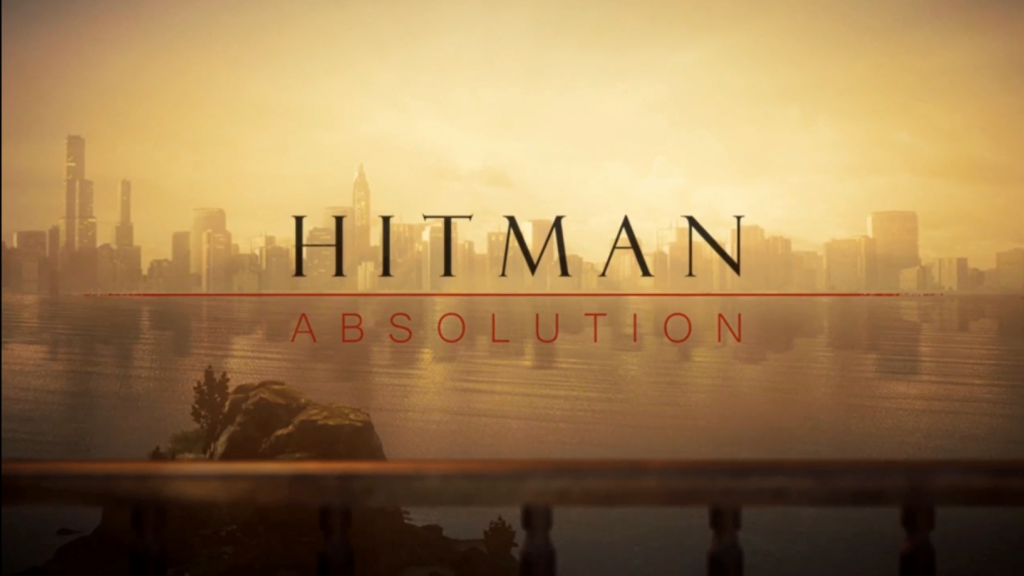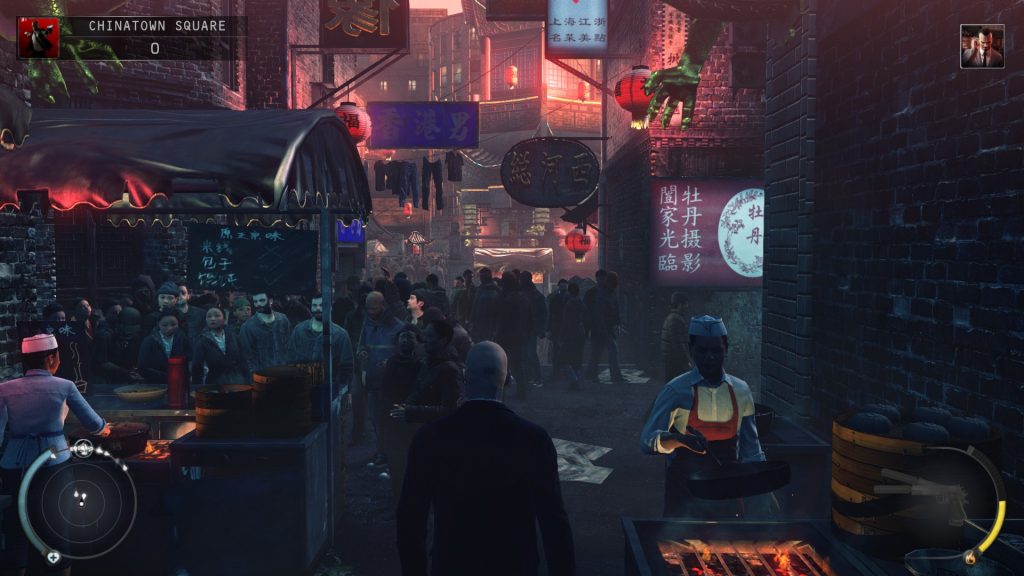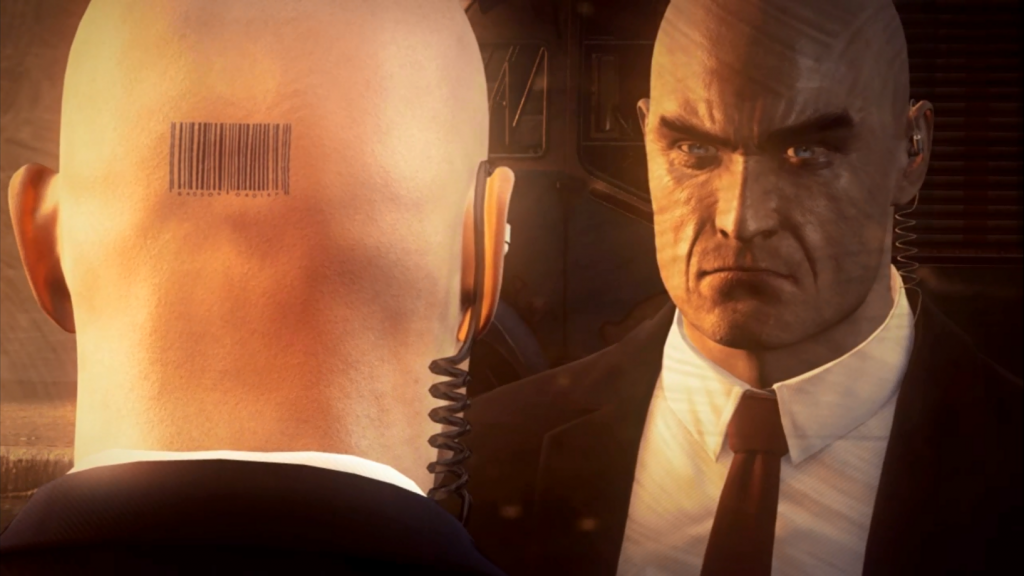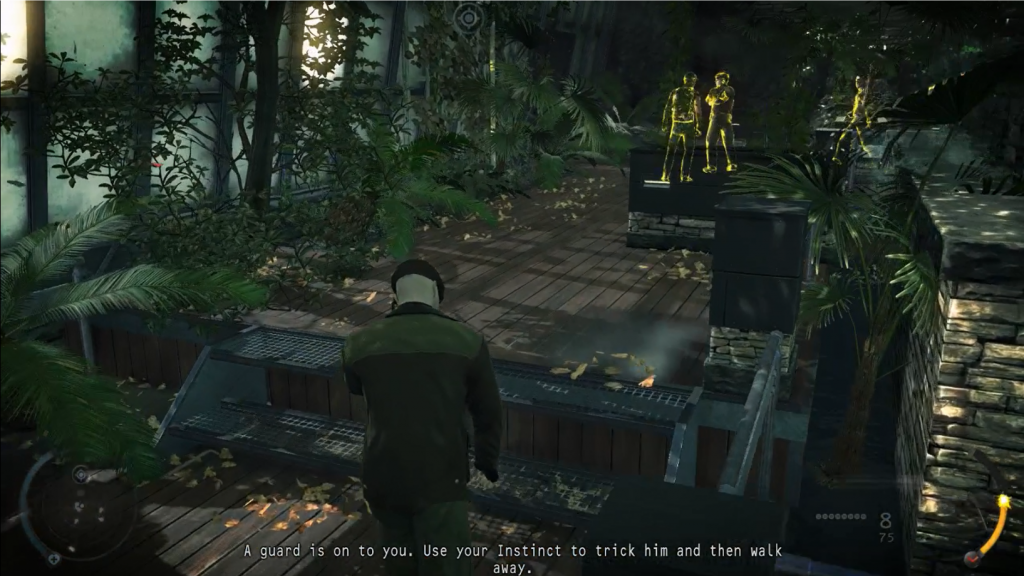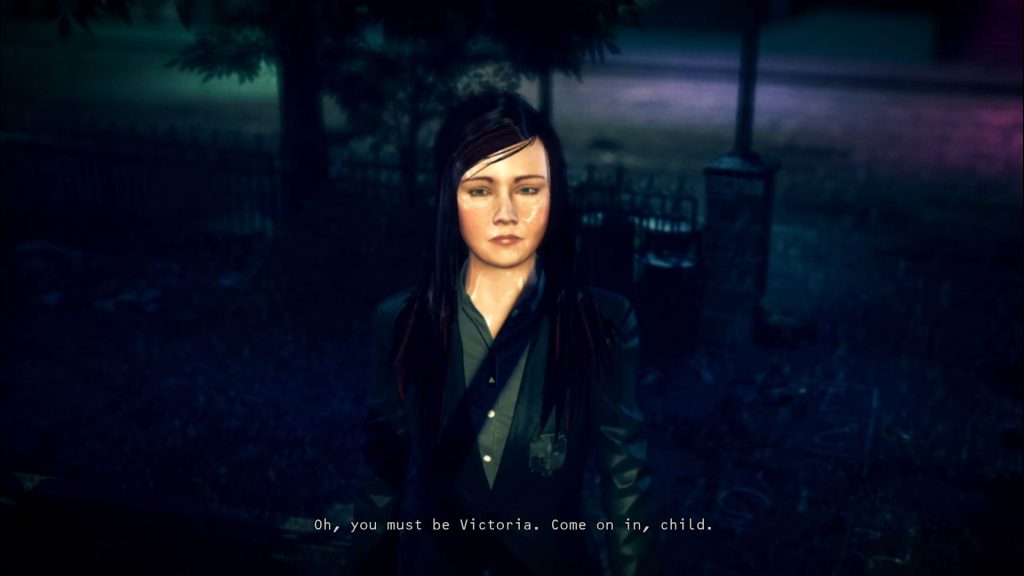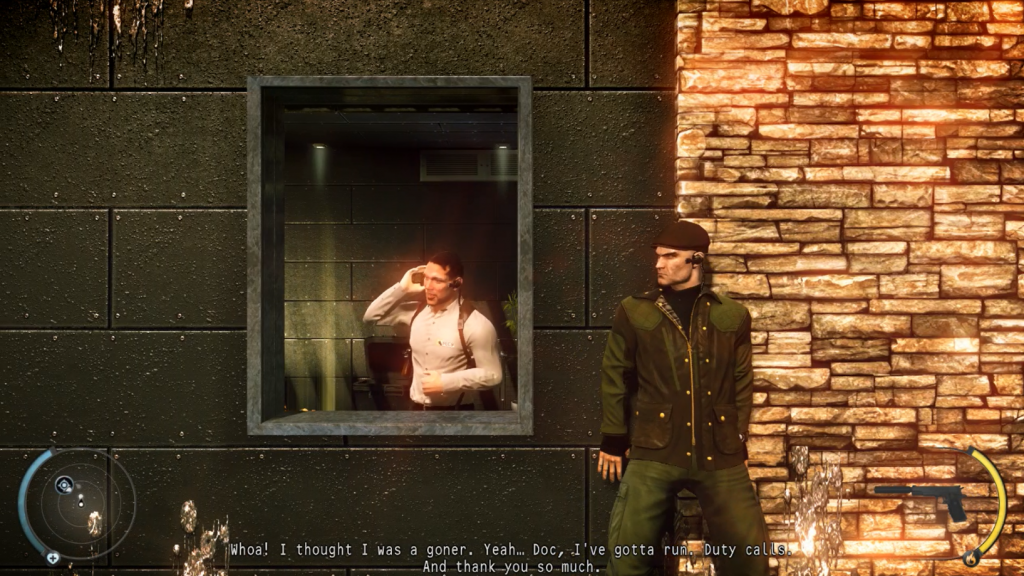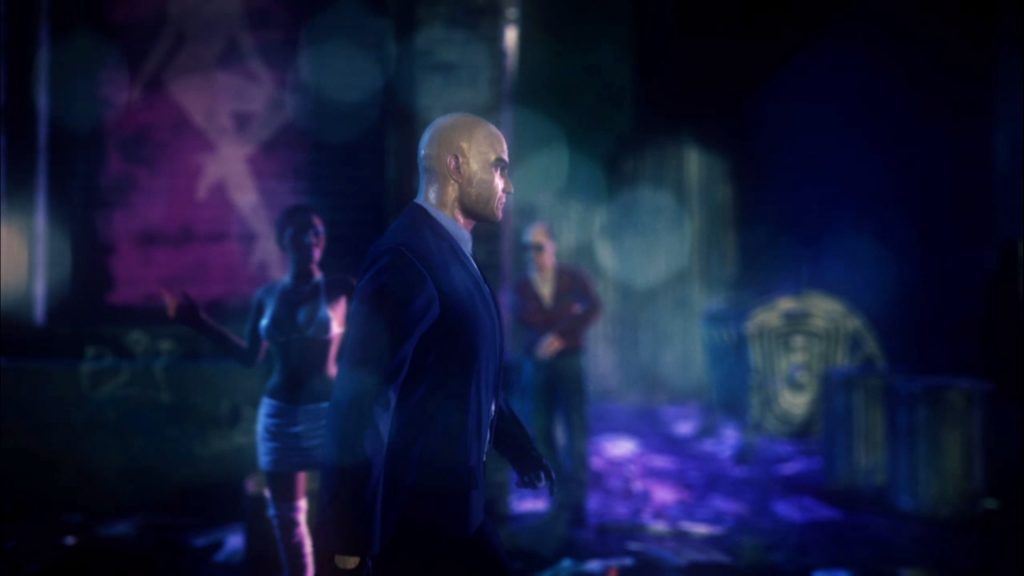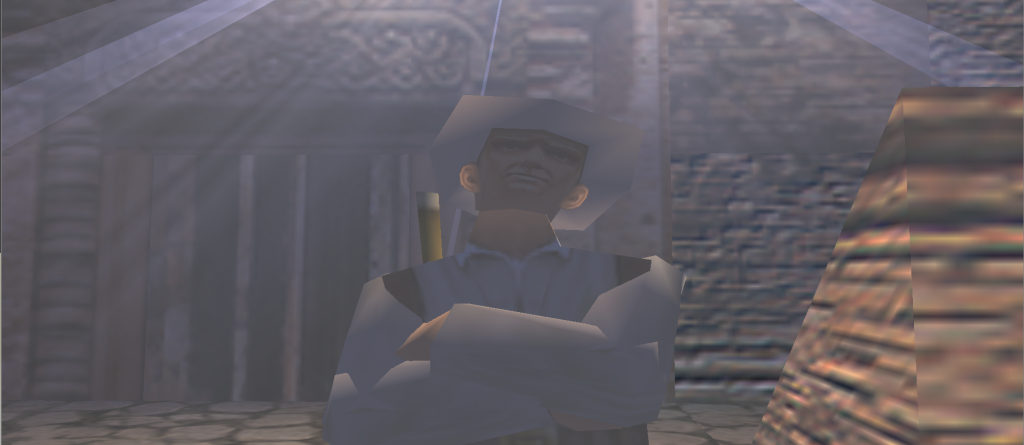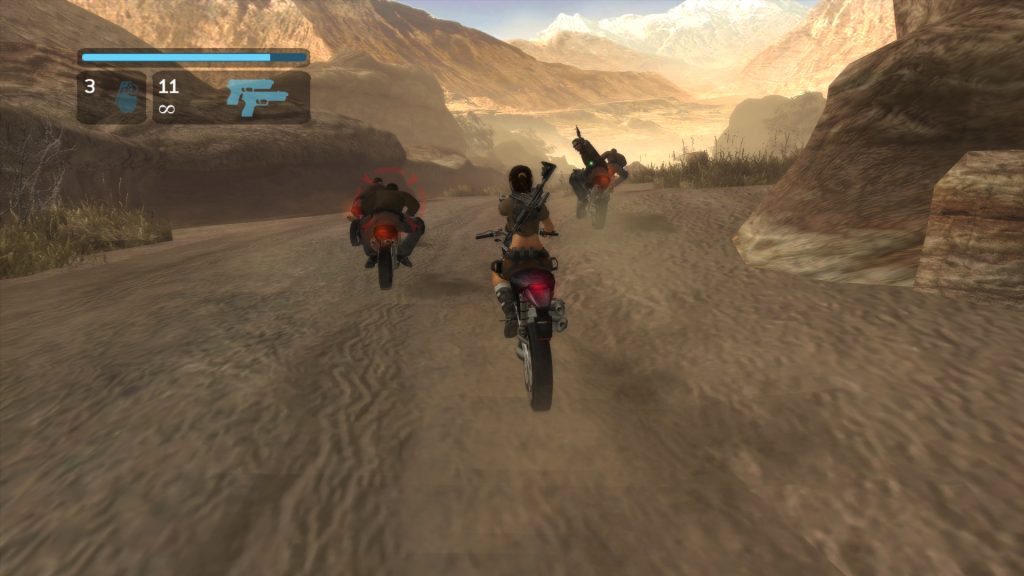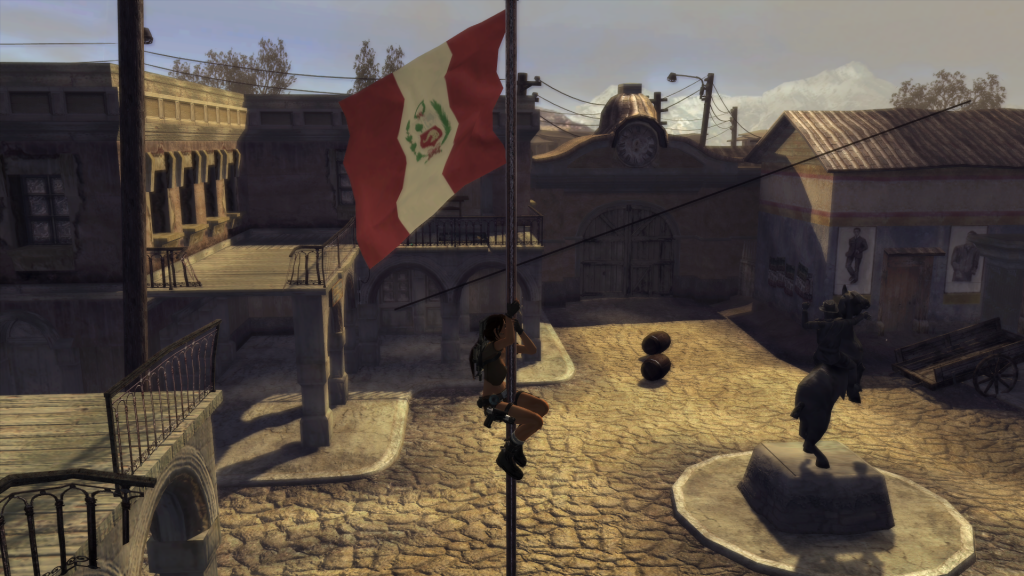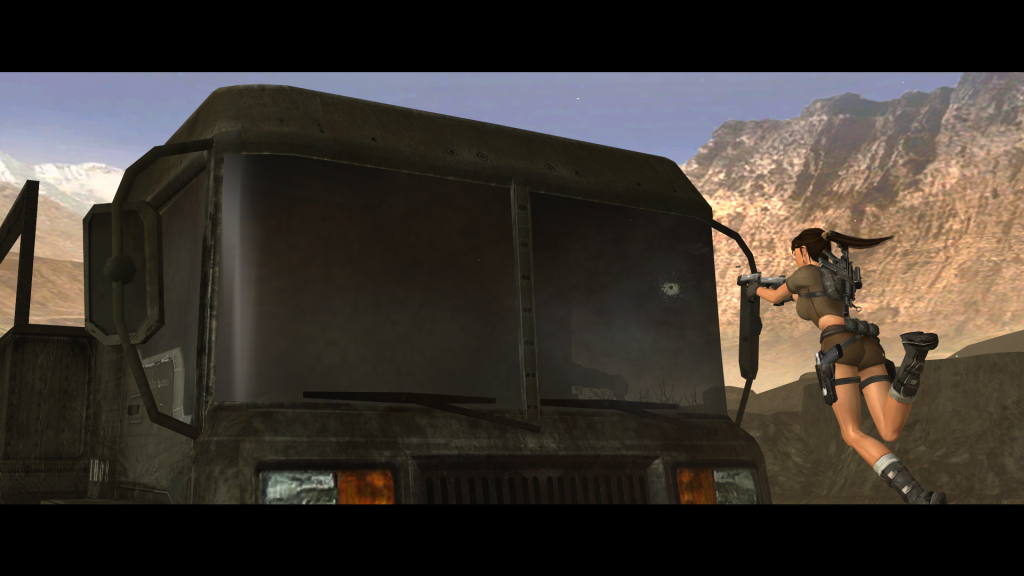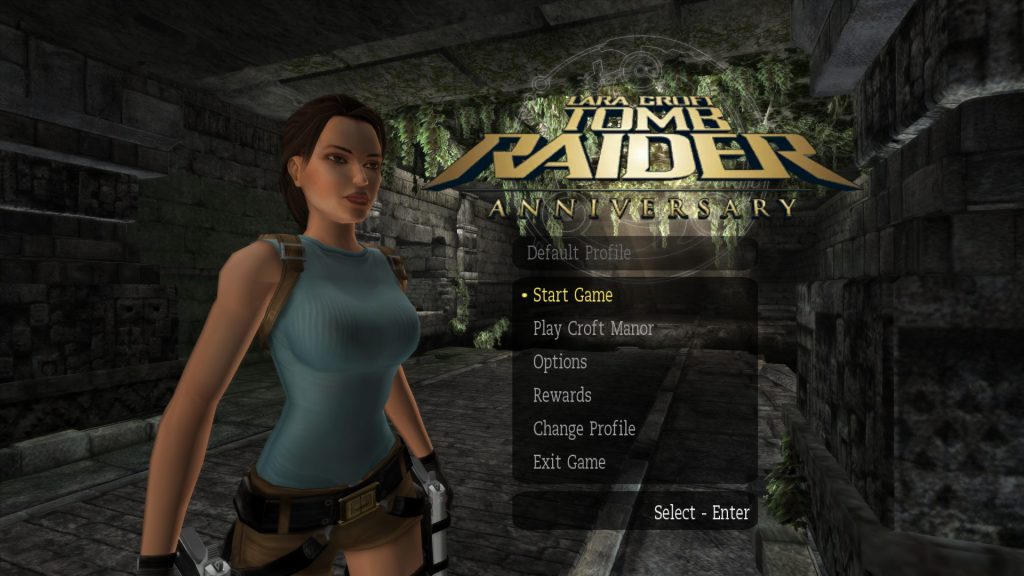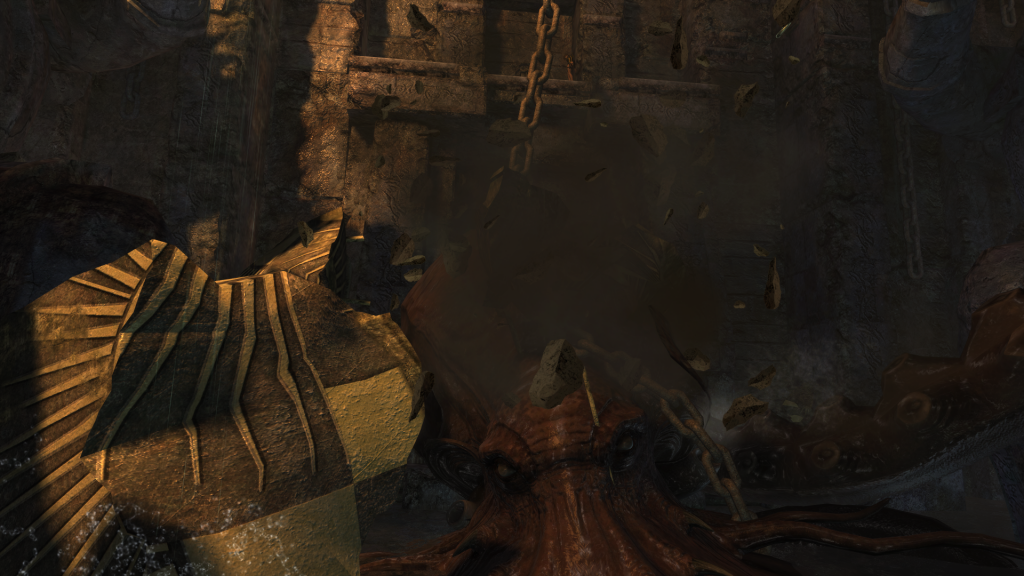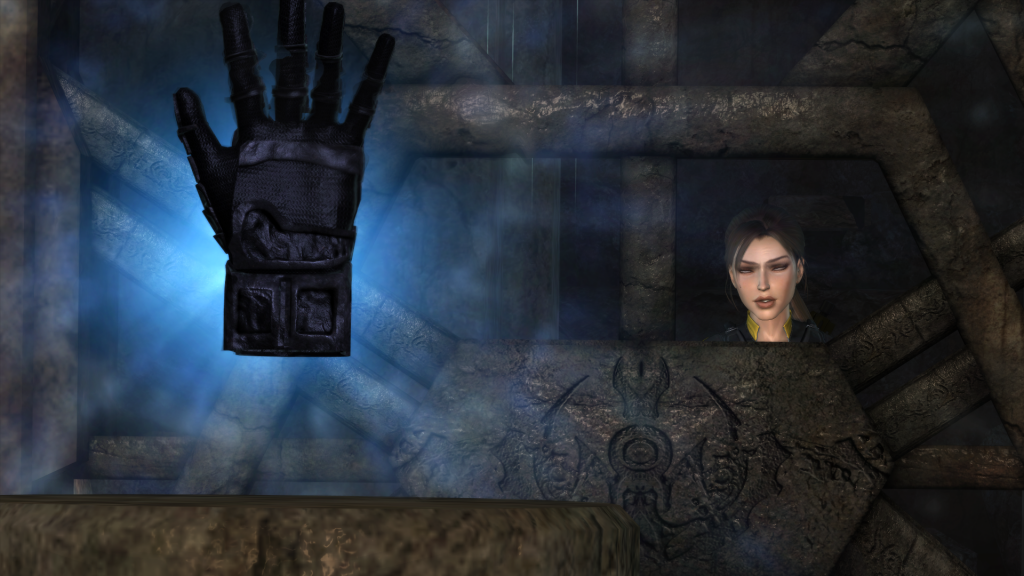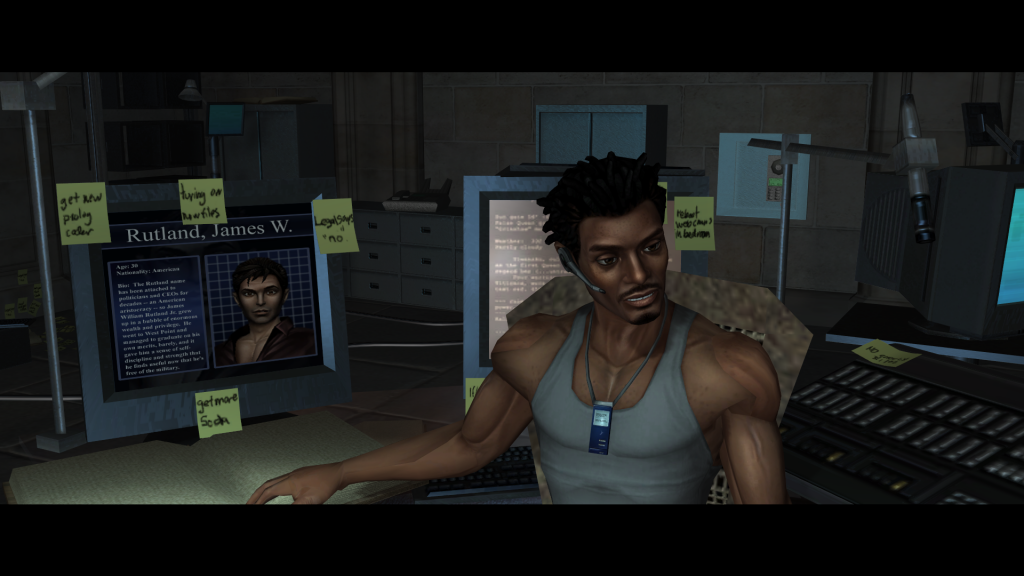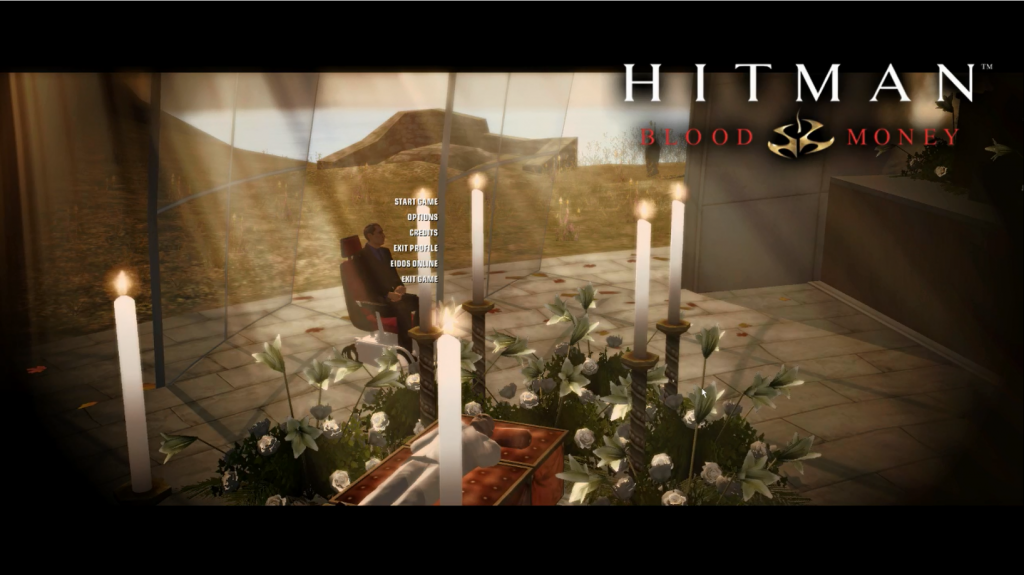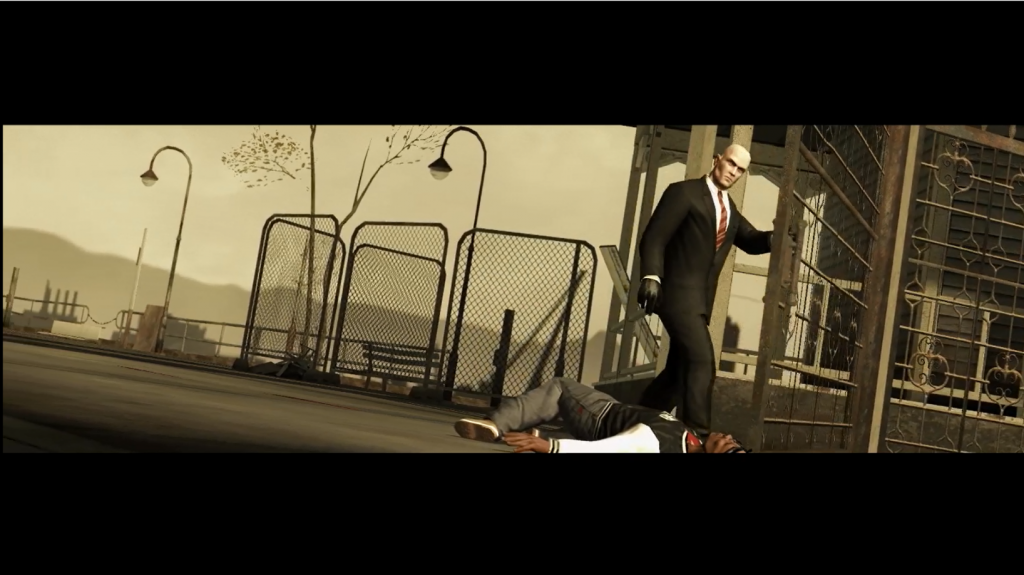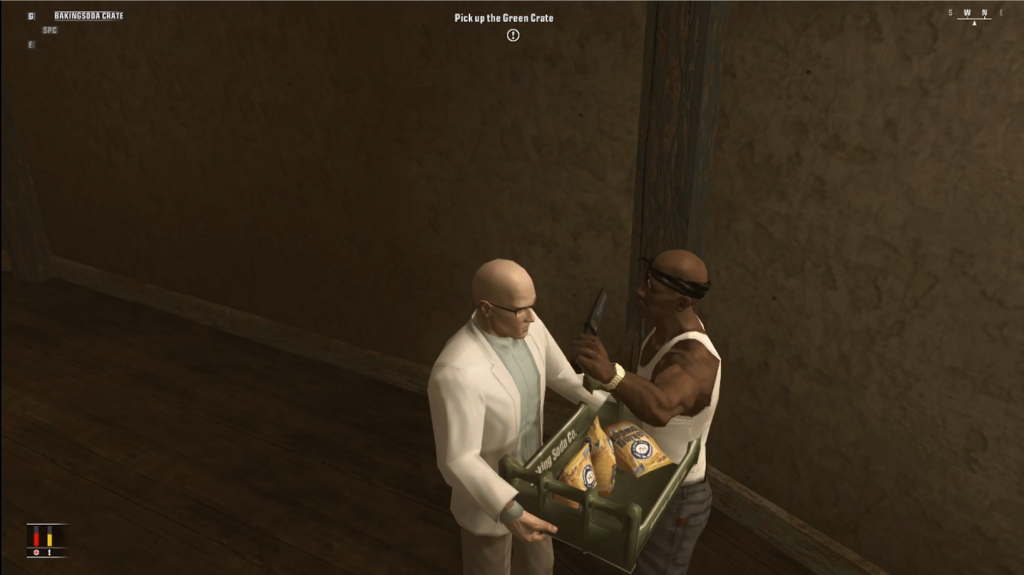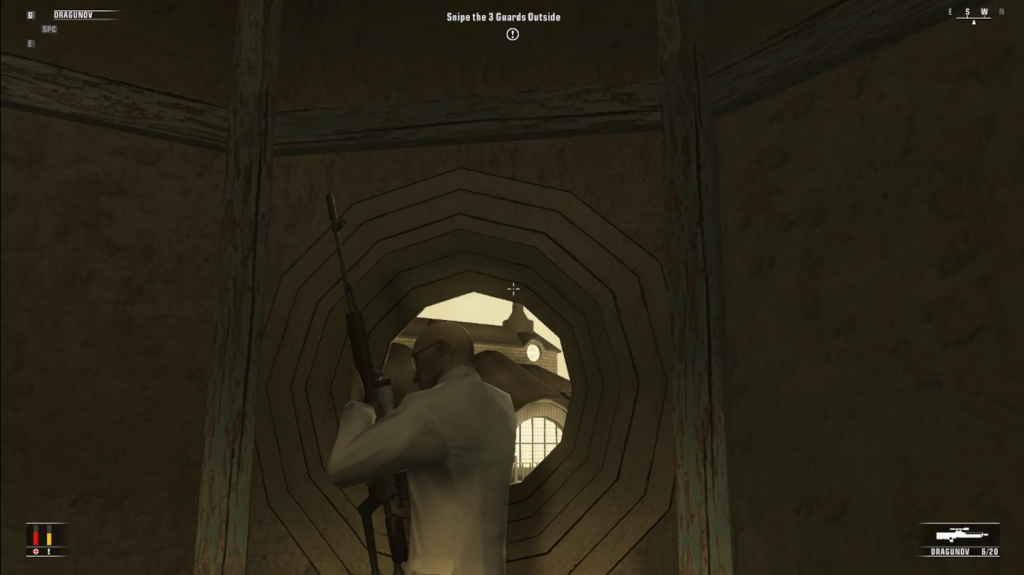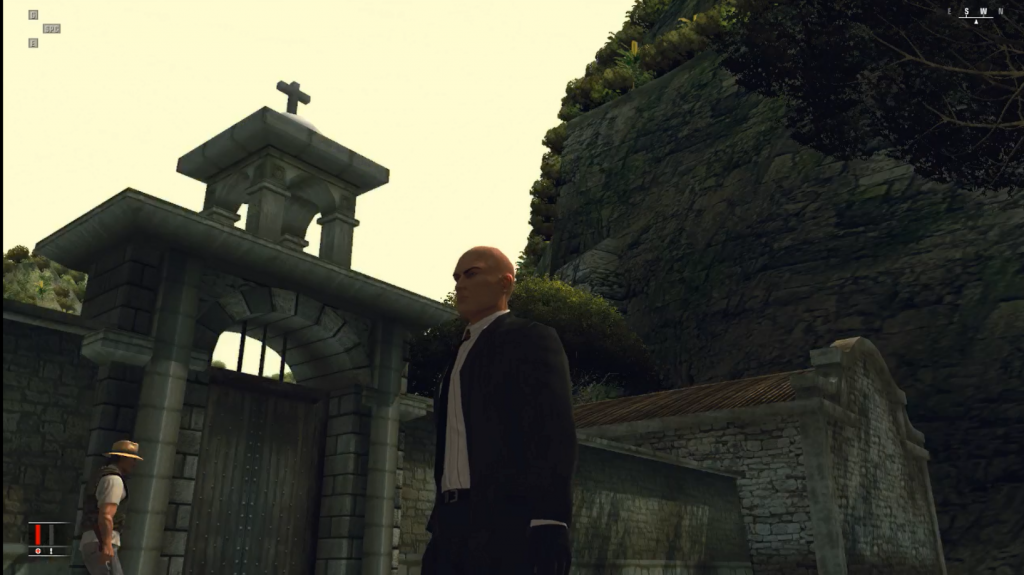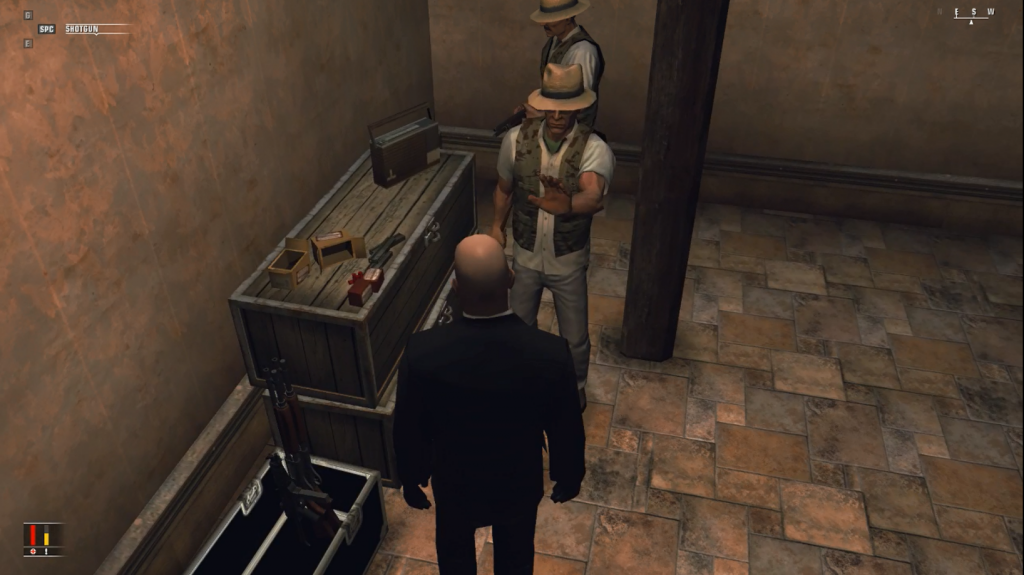The trouble with drawing a series in our Steam roulette is that it really puts a dent in my enthusiasm. There’s always so many games to review all at once. Sure, I could review them one at a time, but then I won’t really be able to compare them accurately. Then, because reviewing multiple games takes a lot of time, I put it off and just don’t play anything (well, except Android: Netrunner). So it went with Tom Clancy’s Rainbow Six. Finally, I got around to it; and right off the bat, Tom Clancy’s Rainbow Six seems to avoid many issues I have with FPSs – at least early on.
Category: First Impression
Dark Souls
Dark Souls is my favorite game series. It’s good enough that even disliking Dark Souls II as much as I do doesn’t unseat it (the Valve-verse of Half-Life and Portal would likely be my second). I first heard about it in probably much the same way you have: that it is a remarkably difficult game with a fanatical fanbase. And also like many, I avoided it because I had heard it was so difficult. It was only when Chezni suggested that we co-op some parts of the game that I started playing. And I died. A lot. I hated it. I thought it was an unnecessarily difficult game – only fun for people who play all their games on hard mode. I preferred wandering around Skyrim, getting lost, and filling my quest log with a laundry list of dungeons to clear – why would I want to play a game that just wasn’t fun?
Slowly, though, I progressed. I learned about dropping from heights to deal more damage. I threw myself against the Asylum Demon until I beat it through a combination of luck and Chezni’s advice. I fought, inch by inch, through the Undead Burg. I figured, to borrow from Zero Punctuation, that “I’ll just keep tanking the rakes and maybe I’ll somehow become really psychotically into being rake-faced […] and I’ll be blatted in the face with rake if that isn’t kind of what happened.” It may have taken me half of the original Dark Souls, but eventually I found myself having fun. A lot of fun. So much fun that I kept coming back even after having beaten the game to play through on NG+. Later, Chezni and I powered through the first few hours of Dark Souls III, which turned out to be just as good as the original (I’m intentionally omitting Dark Souls II in this statement, which I’ll get in to later). So why did I change my mind, and why should you? Continue reading “Dark Souls”
World of Goo
World of Goo is an award-winning indie game about building structures out of black balls of goo/tar. It’s a physics structure-building puzzle game, and it’s….okay? I guess? It feels almost sacrilegious to put this in Tier Three given how many good things I’ve heard about this game. But the thing is, I’ve played this game on Kongregate. Well, not World of Goo specifically, but so, so many games like it. And I’ve played better versions; you see, World of Goo has both camera issues and control issues. You can scroll around the map by moving to the edges – but the detection is just a tad too large, scrolling around your already small play space wildly. Grabbing new nodes is a bit persnickety, since the goo balls (used for building) in your existing structure move around randomly. This is particularly annoying since there isn’t a good reason that the game couldn’t just automatically spawn one wherever you click (as long as you had goo left).
From a technical standpoint, the lack of any graphical options whatsoever is a bit annoying. It runs at one (low) resolution, full screen (admittedly, I didn’t try ctrl-enter to try it in a window). When my monitor has 8-12 times the resolution as the game’s only resolution, things tend to look a bit pixellated. It’s a small complaint, but one that bothers me. I can forgive Doom, made in 1993, for running at a low resolution. But World of Goo came out in 2008 (which I’ve just realized was almost a decade ago now – yeesh).
If this sounds a bit cranky and short-tempered, I’ll be honest: I’m writing this review so I can make Dark Souls the 100th post – so my heart wasn’t particularly into writing this one. World of Goo might be worth your time, and it is only five bucks. For me, it must be resigned to Tier Three.
Sunless Sea
“Lose your mind. Eat your crew. Die.”
This is the motto of Sunless Sea, and well it encapsulates the nature of this sea-faring adventure game with roguelike elements. The premise is straightforward yet perfectly hints at what is to come: 100 years ago, London fell beneath the earth into the Sunless Sea. You are out to seek your fortune in this dangerous world, and can choose one of several goals. The DLC (Zubmariner) adds the goal of immortality, so of course I chose that one.
Along the way toward your goal, you meet strange and fascinating people, visit alien islands, and occasionally sail off the edge of the world to meet an elder god and have his minion join your crew. The draw of all this are the countless, beautifully written stories you run into at every turn. This game is narrative storytelling done right – a well-written text adventure punctuated by vast, empty sea.
On that note, it might be tempting to criticize Sunless Sea for the sheer time it takes to get from one point on the map to the other. Your ship moves painfully slowly across seemingly endless sea. But I think it would be impossible to have this game without those long moments of nothingness. Indeed, at the heart of Sunless Sea is a feeling of exploration. Your supplies running low, the terror mounting as you sail into utter blackness simply hoping for a port to appear on the horizon. That’s what makes exploration exhilarating – and it would be impossible to have the moments of adventure and discovery without the blackness between. That’s something Elite: Dangerous tried to have, but spread itself too thin in the process.
From a mechanics standpoint, Sunless Sea is very straightforward. You purchase fuel and food, keep within sight of land to stall rising terror from your crew, and occasionally battle a sea monster or pirate ship with under-powered weapons and a paper-thin hull. This is my only point of contention with Sunless Sea: the AI for the pirates is bad enough that you can just follow right behind them and win every time, while the sea monsters are maneuverable enough that very little can be gained from fighting them for most of the game – it’s easier to just run away. There’s little middle ground to the challenge, which is a pity.
Even so, I can forgive the terrible combat since Sunless Sea is much more about exploration and narrative adventure – and that it does well. There are few reliable trade routes that are worth the supplies required, so your best bet is almost always to continue exploring – story events will often reward you handsomely. The stories you find are typically as isolated as the islands they take place on, but there is enough connective tissue in quests from London that it never feels entirely disconnected.
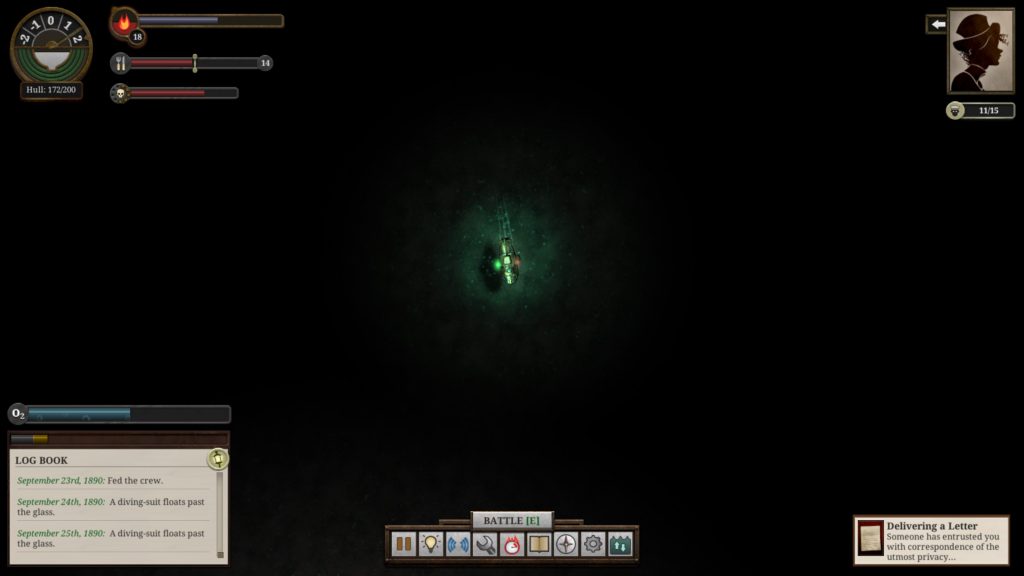
I’ll admit, I’m struggling to write this – partially because I’ve been idle for so long and partially because anything I could write is put to shame by the quality of writing within Sunless Sea. I’ll leave it at this: Sunless Sea is a solid Tier One – something you can get lost in; not as perfect as FTL, but forgiven for its depth of story and perfect evocation of being a Zailor on the Sunless Sea.
Boss Monster (with Expansion)
It’s been a while since I’ve posted. Too long a while. That’s mostly because I’ve been playing Dark Souls III – a review I want to write soon, but one that I’m not sure I can do justice.
In the meantime, I have played another board game with Chezni at our FLGS. This time, the game is Boss Monster with its expansion “The Next Level.” When we first played this some time ago, it seemed a tad simplistic, but with a lot of potential. Now that we’ve played with the expansion, I can say definitively that the game – as it comes out of the box – is disappointing. The typical game goes something like this: You are the boss of a dungeon, à la Dungeon Keeper (the original, not that abomination). You build a dungeon using card “rooms,” and heroes come to attack you and the other players based on the room card treasure types (of which there are four). You have a rather limited pool of spells you can use to help yourself or hinder the other players, but they are sorely underused. There is very little interaction with the other players beyond choosing your dungeon treasure specialization. Once you’ve built a reasonable dungeon, the game becomes a bit of a slow plod to the victory condition (beating all the heroes or acquiring 10 hero souls in our game). This is quite sad, since the rooms and spells are varied and interact with each other in interesting ways.
So here are the problems: First, spells are criminally underused unless you fall into the “Mage” category of dungeon (even then, the rooms which allow you to draw spells are typically underpowered). Second, games are either too short (with normal victory conditions) or far too long (with the alternate game modes). Finally, interaction with the other player dungeons is almost nonexistent and the heroes themselves aren’t unique or interesting enough to provide challenge or variety enough to make this a good game. This is terrible, since the cards themselves are well-made, pretty, and well-balanced. Chezni and I spent some time trying to fix these problems, and here’s what we came up with:
Changes:
- Draw a room card OR a spell card at the beginning of each turn, and remove all the “Haunted Library” cards from the deck.
- In a two-player game, set the win condition to 20 points. In general, increase win conditions for fewer players and increase loss conditions for more players.
- In a two-player game, remove half the ordinary hero cards if you are playing with the expansion.
- Set a maximum for +x spell cards to +3 for balance.
These changes allow for an early race to build a suitable dungeon, but ensure that once you have a good enough dungeon you are able to focus on inhibiting the other players by drawing spell cards instead. Since the Sorcerobe School cards do essentially this, it makes sense to just remove them from the game. Increasing the victory condition allows you to have a more entertaining game by ensuring you get epic heroes and good use out of spell cards. Together, these fixes bring this game from “okay, but flawed” to “actually fun”; or, in PICD terms: from Tier Three to Tier One.
EDIT 2018-10-03: We have confirmed that this is a fun game with the above changes for two players. Adding spells makes the game far more dynamic and interactive – things can change quickly and there’s a lot more play between bosses, rather than just running your own dungeon.
Android: Netrunner
You can find the decks we have built here, in chronological order.
Our review of Android: Netrunner can be found by clicking into this post.
Continue reading “Android: Netrunner”Deus Ex: Game of the Year Edition
It all makes sense now… thanks to…
So I didn’t grow up getting to play Daikatana, Perfect Dark, System Shock, Deus Ex, or any of the other popular sci-fi futuristic FPS’s when I was a kid. I don’t think I was ever necessarily against them, but I think the age of the intended audience when these games were being released was generally above mine and my parents weren’t keen on giving me access to “mature” games. Luckily, in the recent years I’ve gotten to play a couple of these kinds of titles and some of them have been fantastic–E.Y.E. in particular (although this didn’t come out until 2011). All the while I was fascinated with E.Y.E., I kept reading references that it was largely inspired by Deus Ex; there’s even a monster in E.Y.E. called the Deus Ex Machina (which I know is also a saying but shutup). I don’t know why I was surprised when I turned on Deus Ex: Game of the Year Edition, but Deus Ex’s mechanics are very similar to E.Y.E.’s and in some cases I love Deus Ex’s even more-so.
Deus Ex is a sci-fi futuristic FPS with some basic RPG elements, a real-time body-part injury system, an equipment inventory feature (with plenty of items to pick up) and a choose-your-own-adventure playstyle where you get to solve the missions the way you want to. Similar to E.Y.E. (or vice versa), in the world of Deus Ex people are just as much machine as they are human. Cyber implants are installed to boost performance in specialized fields, personal batteries need recharged to power augmentations and vast bodily injury is not only sustainable but quickly repaired given the presence of the appropriate medical robots. See that picture up there? It doesn’t look too impressive (or hilarious) until you realize that that I have no legs. During the training exercises in the beginning of the game, I accidentally blew my own legs off upon which I was relegated to using my arms to crawl around on the ground at the speed of a snail while leaving a blood trail. See that guy in the window? He’s one of the training instructors. He just watched me the whole time. I’m convinced he’s jackass.
It didn’t take me long to figure out what kind of game I was playing or what I could expect after a couple rounds on the first mission. Upon the mission’s start, I grabbed some booze and an open can of soda lying on the docks, proceeded to talk to my brother and drink the open can of soda, tried to taze a robot with a stun rod, got filled with a copious amount of machine-fired bullets and bled to death on the docks. Thinking I should take a wiser approach, I decided to avoid the robot and search around for anything to aid my in my quest. I found a crowbar, and as any reasonable person would, began bashing in nearby crates to see if they had any goods. Running into a UNATCO Troop who was aimlessly walking around, he greeted me with “Welcome aboard, Agent.” Immediately, I identified such complacent courtesy with the actions of a double-agent, so I began to bash his face in with said crowbar. Luckily I was able to part his soul from his mortal container before I was gunned down on the spot by my very own brother–a clear sign that he was in cahoots with the conspiracy as well. My third attempt, my spirit left battered and bruised from my previous two, lead me to taking a desperate route where I beat any terrorist I found to death with nothing but a police baton. This revealed itself to be a surprisingly effective strategy until one of the terrorists decided to throw a poison grenade at me, resulting in my slow an painful death. Clearly this is the baton’s one and only flaw.
I went back and forth on whether this deserved Tier 1 or Tier 2 priority. Arguments for Tier 1 include getting to choose your playstyle, a somewhat interesting setting and mood, not babying your actions, having clear consequences for your actions, rewarding exploration and plenty of tools and gadgets for you to play with. Tier 2 arguments comprise of simplistic combat, a somewhat generic story (so far), a lack of in-game motivation to succeed (I’m not sure exactly why Denton is doing what he’s doing) and the talky bits can be a bit… well talky. In the end, I parked at Tier 1–there’s just something raw about the game that provided the final tipping point. It’s the way that you’re left to discover the game on your own and figure things out–success is granted with reward and failure granted with punishment. Whichever side of the line you fall on relies on you. Now, that being said… just what am I going to do with this open can of soda?
Hitman: Absolution
Finally, I’ve reached the apex. The 5th Hitman game in my library. The final shot. The final chance for Hitman to right the wrongs, put all the pieces together and really deliver on something good. With a sigh I loaded…
Wow. How. Why?
These questions all came to my mind when , but do little for you, my reader, to implicate what emotion was attached to them. I can tell you that what I felt was a long forgotten feeling. Something that had only barely sparked while playing the first game in the series. Excitement. Interest. Fun. HECK yeah. Hitman Absolution is fantastic.
Wow.
So let’s start with the wow. Absolution took what was present in the previous 4 Hitman games and finally had the courage to push it to the next level. It probably helps that Square Enix was the publisher. Say what you will about their departure from the formula of the old Final Fantasy games, I guess money and experience are probably good ingredients for any game. The first thing I noticed when kicking off Absolution’s executable was the mood. Finally, the mood was right. Agent 47 had the perfect blend of foreboding brooding and silent power without overdoing it. His actions, lines, and mannerisms struck gold in the name of interest, clarity and entertainment all at once. The presentation of 47 was believable without being boring–power fantasy inducing without being gratuitous. For the first time in the franchise, I thought 47 was cool. For the first time, I wanted to be him.
How.
But enough feelings–here’s the list. Level design is fantastic. Pathways are clear but not blatant. Stealth and Brute Force now seem like equally viable options. Stealth options are clear with varying “puzzles” (like drugging a guard’s coffee) that keep it from just being limited to “steal someone’s clothes and walk slowly.” Brute force now feels fun instead of unrealistic–there are actual gunplay mechanics now. Cover can be taken because taking cover makes sense in a gunfight, but it does not devolve into just another cover-shooter game. Time slows down when you get a headshot on an unsuspecting target giving you motivation to aim for the head and be precise in your targeting–a case where mechanics and mood are confluent into the role that you are playing. It makes you feel like a hitman, who would want to leave as few bullets as possible.
If your cover is blown, you can regain it by eliminating all who’ve seen you. Your actions and the way they affect the world around you and your score is very clearly shown through the HUD. Skills are usable through a rechargeable “instinct” bar which add a new level of strategy and technique. Enemies aren’t brainless–they move and act like intelligent people intent on self-preservation. Out of combat they react to you and each other in manners that add believability to their existence. There are tons of ways to solve your problems and you’re allowed to choose whichever method you can figure out. 47 drags bodies quickly (it’s about damn time). Stealth actually seems as fun as brute force–I felt like I was missing out by taking the bloodbath path on the first mission so much so, that I restarted the mission and did it cleaner.
Why.
After such a positive influx of gameplay I turned off the game, sat back and tried to figure out why the heck I was having such a better time. Was it because I expected to have a bad time and thus the bar was low? No, I expected to have a bad time for the 3rd and 4th installment. Was it because it was a more modern game? A game released by Enix, who could afford to throw in the extra kinds of lighting, special effects and graphical detail expected from a AAA title? Well, they certainly didn’t hurt, but some of my favorite games have graphics so ugly that it’s probably a sin, so I don’t think that was it either. Was it the sex-appeal from the shower scene where you fridge your former partner? Or the appeal of the school-girl, literally in a school-girl uniform? Once again, no, I was sold long before I got to these scenes. So what was it? Why is this one good?
Every time I think back to what exactly it was that I liked about the game, I keep going back one moment–how cool I felt sniping people in the back of the head with my silenced ballers. That’s it. That’s literally it. That’s what I keep referencing in my head as being the most satisfying. But why? I could have done that in the older games. Why was this one different? I think I have the answer. I already mentioned this earlier, but Absolution’s mood, setting and immersion is believable. Because it feels believable, it doesn’t feel like a cheap power fantasy designed to give immediate gratification for overpowering hordes of mindless victims. Because it feels believable, I feel like I’m actually overcoming intelligent opponents which makes me feel intelligent. If I sit back and think about it, I know it’s still a game, I know I’m just pushing buttons on a controller but while I’m in the game I feel like a super hero (or villain depending on how you look a it). I feel like a competent agent. I feel like a hitman.
This game is Tier 1 material. I just have to see more of what it has to offer. There are 12 different game-recognized methods for taking down the target in the Chinatown level alone. If I don’t try at least 6 of those, I’m going to go nuts. Until then, I remain disappointed that I was not able to enjoy the 4 games leading up to this one, but happy to see Absolution break much of the old game’s stale mold.
Tomb Raider
I suppose it was inevitable that I’d be rolling a lot of big series in my Steam lottery. I have many, many games that are part of a series that I haven’t played. Mostly, I held off because I like to start at the beginning of a series, and the first game is usually not that great (I’m looking at you, Final Fantasy. And Ultima.). This time, it’s Tomb Raider and the various adventures of Lara Croft. I have now tried all the PC-released Tomb Raiders (except Rise of the Tomb Raider. Don’t have that one – though I’ve heard good things). There’s a lot to say here, but I’ll try to keep things moving quickly.
The Tomb Raider franchise is one of the most well-known of video game franchises, and Lara Croft is perhaps the most famous female video game character thus far in gaming history (competing with Princess Peach, Samus Aran, and Cortana). The PC releases of the franchise can be broken into three categories: the originals – built on the classic engine, the Legend chronology – built on the Legend engine, and the modern era – a hard reboot from 2013.
Tomb Raider, Tomb Raider II, Tomb Raider III, Last Revelation, Chronicles, Angel of Darkness
Why, you might ask, are all six of these games grouped together? It’s because I’m cheating a bit. I’m lumping all of these into the “Technical Issues” category – though not because the games didn’t run on my computer. They’re being shuffled to the side because I just could not get the hang of the controls. Between not having mouselook and Lara turning and jumping crazily, my ability to play these games is almost non-existent. Back when they were released, I’m sure I would have put the time into learning the controls – but today? I’m content to just look for a fan mod that makes it easier to play. I do want to comment on my (limited) experience, but that will wait until my discussion of Lara herself.
Tomb Raider Legend and Tomb Raider Anniversary
These two games marked the first soft reboot of the series and a long-overdue move to a far superior game engine. Both of these games go solidly into Tier One – Legend is the only game I played longer than I force myself to – and Anniversary seemed on par. The platforming isn’t as terrible as in previous games (or future ones, for that matter), Lara is still a strong protagonist, and her legs are composed of more than three polygons. The set pieces are fun (even though I did get a bit lost). Near the beginning there’s an arena that I got stuck in for about ten minutes while I tried to find my way out. That brings me to the two problems I had with this section of games: puzzles aren’t always clearly presented, and climbing is a bit tricky (and not in a good way).
My complaints wouldn’t be such a problem except that puzzles and climbing are the bread and butter of the Tomb Raider franchise. While it kept being fun, I found myself wishing that these games had the puzzle-presentation of Valve with the free-running of Assassin’s Creed. There’s a bit of advice (I don’t remember where I first heard it) about puzzles: it stated that a good video game puzzle is one that you have all the pieces to. In Tomb Raider Legend, there’s far too many instances where a puzzle relies on a small hidden door or switch – this is acceptable from time to time, but it breaks the flow of the game when it goes on too long. Similarly, climbing is limited to very specific (and often unclearly marked) ledges – which makes the navigation part of the game that much more obtuse.
Nevertheless, these games were fun and kept me interested and playing. In fact, Anniversary (a re-imagining of the first game with the engine of Legend) had that ineffable “good” feeling you get when playing a game that is just plain fun.
Tomb Raider Underworld
Those of you who have played the Tomb Raider franchise may have noticed I left off one of the Legend engine games: Underworld. This is because it goes into Tier Three, unlike its predecessors. It goes into Tier Three for two reasons. First, the camera and movement. While Legend and Anniversary’s camera control was reasonable, Underworld’s camera and Lara’s direction of movement will only occasionally follow your command.
The second problem comes from the ridiculous and contrived plot – which is a remarkable complaint when talking about a Tomb Raider game. But as you see above, one of your first tasks is to murder a giant octopus. Typically, it is best to descend slowly into strange worlds: slowly revealing more and more unnatural things. Underworld pays little mind to this – or to reason itself – preferring to have a plot that progresses because there wouldn’t be a story otherwise. Why do you kill the octopus? No particular reason. Why do you call your team before diving to the underground city? No reason. How do the “bad guys” show up immediately behind you with no warning and entirely silently? Because there wouldn’t be as much plot otherwise. This seems to be a theme throughout the game – trying to “raise the stakes” just results in an unbelievable story.
Tomb Raider
Finally, we come to the most recent reboot. I don’t have any pictures for this section since I actually beat this game a year or two ago. Since it is part of the same series, I thought I should talk about it briefly here. This also gives me the chance to put a second game into Tier Four. I recently talked with Chezni about Tier Four, and it turns out we had different ideas about what it meant. The definition on the rules states that Tier Four games are not worth the time put into them. I had taken that to mean the time spent to play them was entirely wasted, while Chezni saw the definition as saying that the game itself was not worth the time spent developing it. I like that definition more, and it is the definition I use here.
So why does the Tomb Raider reboot go into Tier Four – particularly given the large number of accolades it received? It’s not because it uses the most cliche of plots (with Nazis and supposedly sympathetic nerds sacrificing themselves for no good reason). Instead, it starts with quick-time events. Quick-time events pervade Tomb Raider and its cutscenes – these replace gameplay with a punishment for not knowing exactly which buttons to push. This is apparent challenge without real challenge, and they only exist to give the player a feeling of accomplishment for doing something cool during what might as well be a cutscene. And if you fail? You run into the next problem: the unreasonably gruesome deaths of Lara Croft.
Lara Croft will die in the most horrific and terrible ways – for no good reason (quite often that you hit the wrong button during a QTE). While playing the game I could only guess that the game designers really, really liked blood and watching people die. Recently, I was talking with Chezni and he mentioned that the producer wanted it this way to inspire the player to want to protect Lara – which certainly explains some things (more on that later). I have no problem with gore or violence. I have a problem with pointless gore and violence. Think about the time the developers spent on animating Lara getting eaten by dogs, impaled by spikes, and nearly/probably raped. Think about the time they could have spend making more places to explore. Get mad.
Finally, we have the biggest problem – at least gameplay-wise. There are mini-temples and crafting mechanics throughout the game, but no motivation to actually use them. I finished the game without finishing a single side-dungeon – and only actually finding one. The game is designed to trick you into thinking you have a whole island to explore. But really, you just follow a set of linear quests to the end of the game. Admittedly, I did not take their chances to explore the island – for the reason that at every point in the main quest-line, you are given a sense of urgency to complete the next mission. I took this to mean that perhaps Lara would return to the island after finishing the plot and give you time to go find all the nooks and crannies where treasure might be hidden. It did not. The Lara in this game would likely never return to this island even if it contained the most fabulous treasures in the world.
Lara Croft
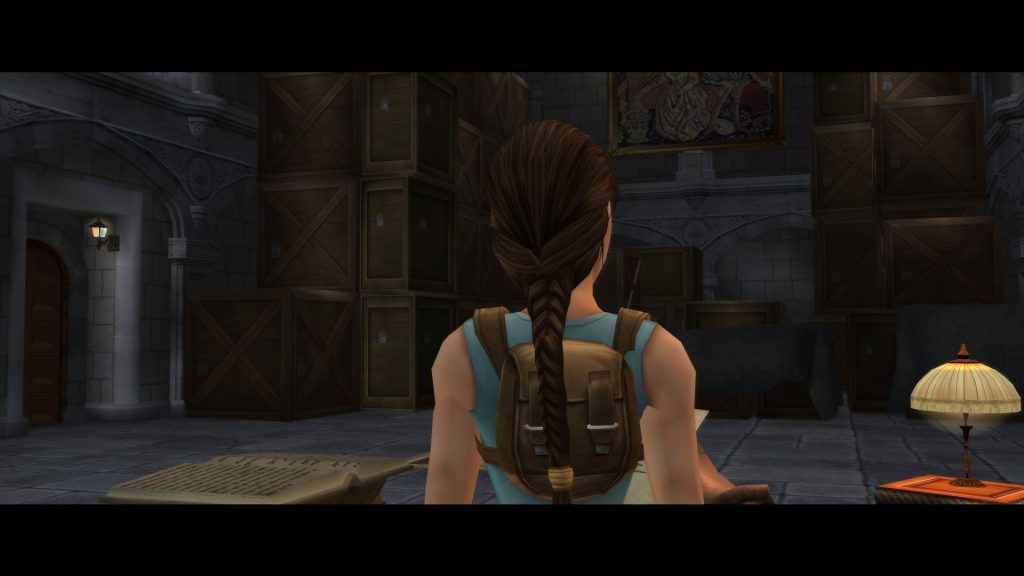
Lara Croft is a difficult character to analyze, made more difficult by the four distinct takes on her character. The Lara Croft of the first six games, the Lara Croft of the Legend trilogy, the Lara Croft of the reboot, and the Lara Croft of the movies are all distinct. Perhaps the best way to describe her influence is controversial (I promise I wrote that before reading her Wikipedia article). On the one hand, all but her most recent portrayal has been as a devil-may-care action hero. On the other hand, perhaps her most famous physical feature is her remarkable pair of…eyes. And if you played video games in the ’90s and early 2000s, it was almost impossible to avoid the seemingly endless supply of nude mods for the Tomb Raider games. Though, on this last point, I’m not sure we should judge a character based on what is done to them by the internet – Rule 34 exists for a reason.
We are faced with two aspects of Lara Croft that diminished as the series progressed: body proportions and sassiness. Earlier iterations of Lara were entirely unrealistic, but she also commanded an attitude of control and confidence – approaching a level rivaling Saints Row. The Legend games toned down both her unrealistic proportions and her remarkable attitude. I think this was probably the sweet spot for Lara as a character – even if it was still on the side of unrealistically proportioned. An action hero can be unrealistic both in character and in body, as long as neither are taken too seriously. At the same time, this must be balanced by believability if you want to start telling a complex story. This toning down continued on both fronts into the reboot – and Lara became yet another bland protagonist for people to project their fancies on.
The Lara of earlier games is an action hero in the style of Bruce Willis in The Fifth Element or RED – ridiculous, over-the-top, and a bunch of fun (if a bit questionable on occasion). This is important because these elements are so diminished in Underworld and non-existent in the reboot universe. In attempting to make Lara more realistic, they made Lara less Lara.
Oh well. At least the developers of Tomb Raider don’t care about body proportions regardless of gender:
Hitman: Blood Money
Does anyone else think that Agent 47 looks like a giant bald big-faced baby? I am of course talking about our protagonist in…
I’m… not even sure what to say about this game franchise anymore. I’m going to once again ruin the ending and tell you the rating for this game now: Tier 2. Yes, after the last two Tier 3 debacles, Hitman Blood Money scrapes its way back up into the Tier 2 category. So why do I sound so nonplussed about it? Well, because in spite of having 4 games–4 damn chances to perfect their system, work out the kinks and really deliver–Hitman Blood Money just leaves me feeling as bland as ever about the series. Technically a “good” game but overall what feels like wasted potential, and a lot of it.
The story this time is… oh I don’t even know or care at this point. It’s agent baby-faced white dude 47, out to murder the crap out of a bunch more brainless idiots through a series of unavoidable missions briefed by the same woman from the agency that made her debut in Silent Assassin. Point-and-click third-person gunplay with weapons so standard that it hurts, planted explosives for obviously scripted events and enough fiber cord to create the world’s largest ball of string; Agent 47 isn’t going to wow you with anything new in this one. The most exciting addition to 47’s arsenal is the fantastical option to toss out some pocket change which he can throw to distract his enemies. Other than that, it’s all tactically and mechanically similar to our previous titles.
I guess that’s not entirely fair. You can now do things like hide bodies in containers, hide weapons in crates, hide in closets (a lot of hiding) and do a couple more silent kills (such as from above) but none of things really change the game itself. They all just feel like tweaks on what was already there. I think that’s my biggest complaint so far about the series as a whole. Codename 47 (the first game in the series) was as close as it got to making me actually feel like a hitman. It may have been a confusing mess of interfaces, blocky models and small levels, but it made me feel like I was doing what a hitman would actually do. In all the later titles though, I feel like the devs have just made a game that happens to be hitman flavored. It’s like the difference between eating cooked BBQ and BBQ flavored chips. The chips can be good, but they aren’t wholesome and could never truly substitute what they imitate.
In a sense, I almost feel like the Hitman squad has fallen into a the trappings of its own brand. They set the mold inadvertently with their first game and they keep revisiting it over and over as if they’re trying to make it just *that* much better each time. I’m glad they’re improving with each game. That much can be applauded–but I feel that the mechanics themselves (walk around, point and click to shoot, steal clothes, walk behind somebody, murder them silently, rinse and repeat) while okay were just that–“okay.” They weren’t great; a simulator of a hitman simulator. While they continue to polish and clean up their old system with each release, nothing new is gained or explored. Nothing is inspired or redesigned. This is the kind of thing I expect from other games that are based off of a set of fun and challenging rules–Fire Emblem being a perfect example. I’m not upset when I load up a new Fire Emblem game and find myself controlling tiny units on a grid, because that’s what Fire Emblem was designed to be–a tactical game where you control tiny units on a grid. That is the heart of what Fire Emblem is. The heart of Hitman? Stupid AI and boring gunfights. Woo.
Overall, I hate to be so negative in the face of improvement. I mean, there’s even more on the “better-than-last-time” list. You no longer soak up bullets like a sponge soaks up water, you can run in front of guards without them gunning you down now, the levels have a nice balance of openness yet definable pathways and strategies. However, I think the biggest problem is that none of this strikes me as “fun.” I never have fun with the actual “doing” part of any of this. It doesn’t feel exciting, or creative or intuitive. I’m just not sure what my motivation for the series is anymore. I know I keep repeating myself but so does this franchise so I’ll say it again; I’m not exploring anything new in this setting anymore. This game has become stale. Luckily, I have but one more Hitman title to make my way through. Wish me luck my friends (or curse me if you happen to love Hitman).
